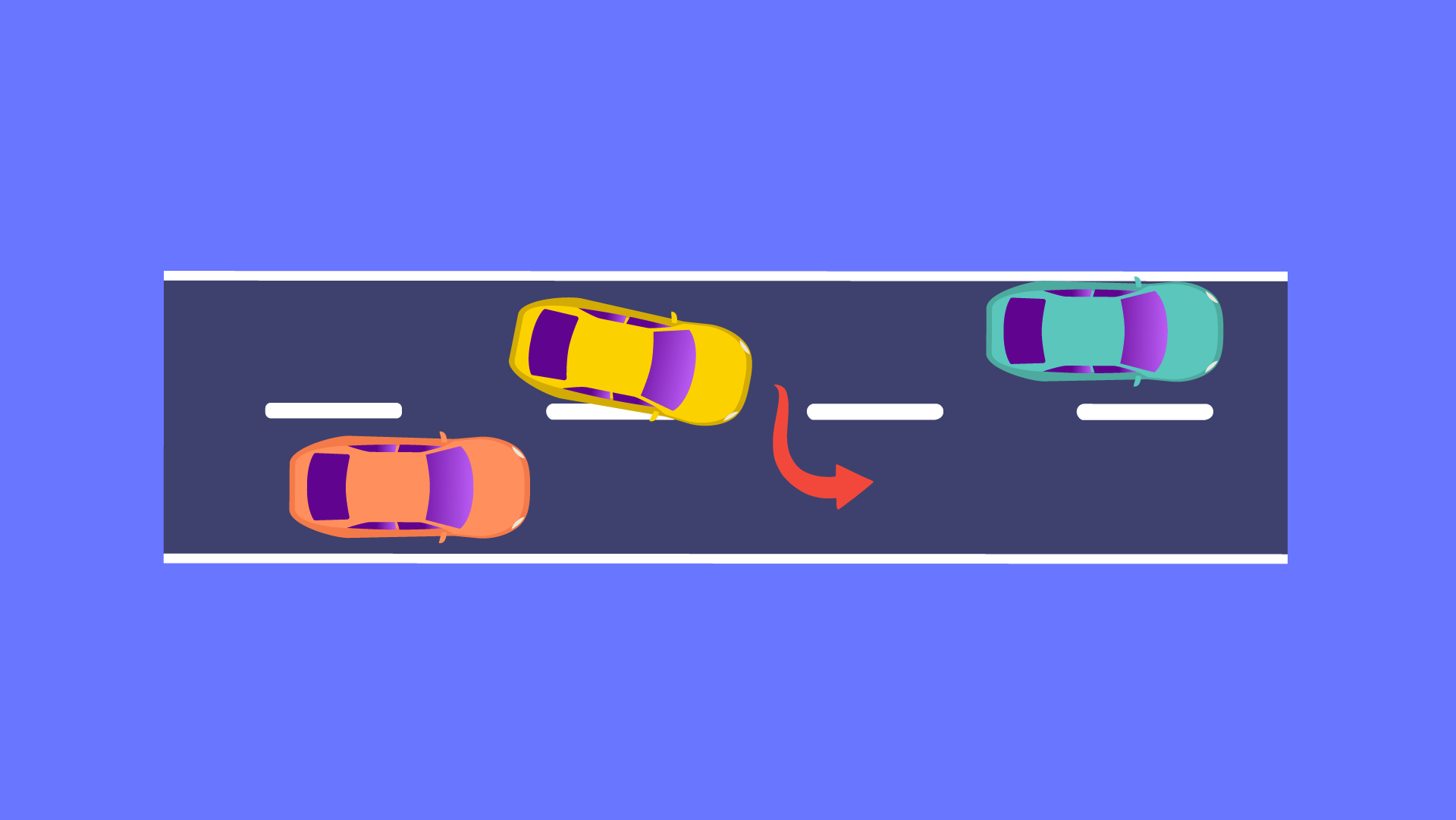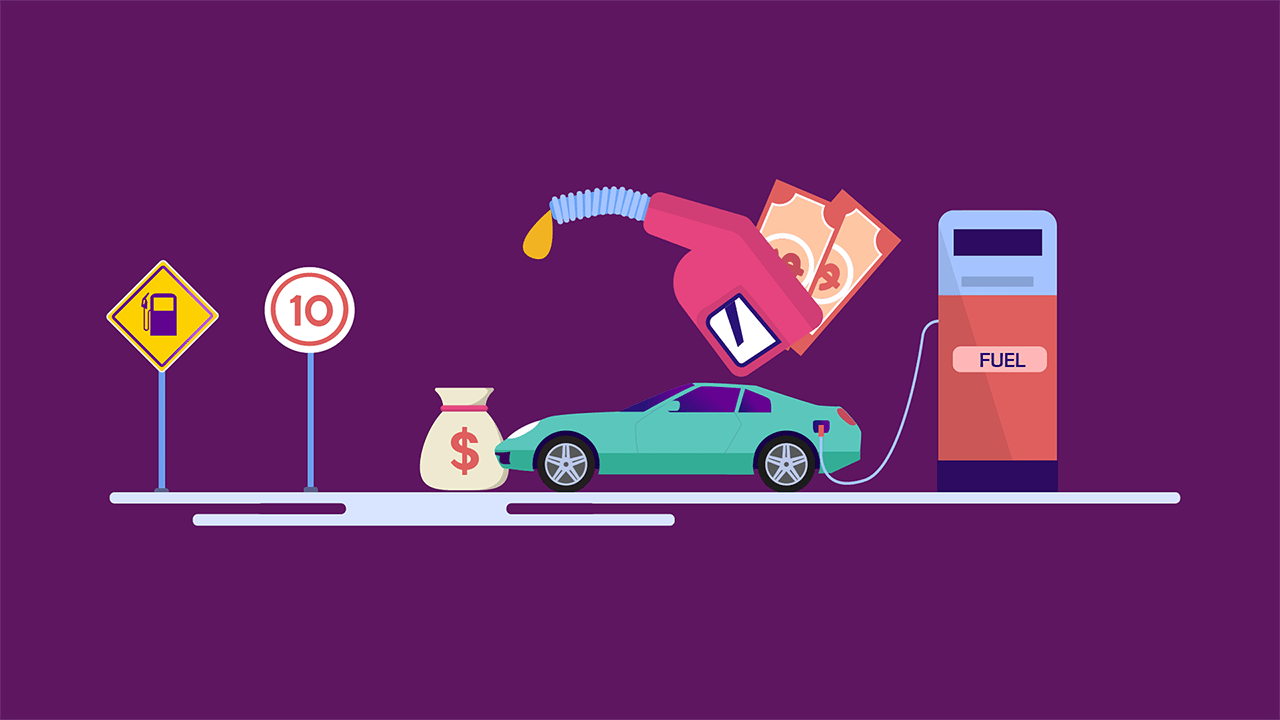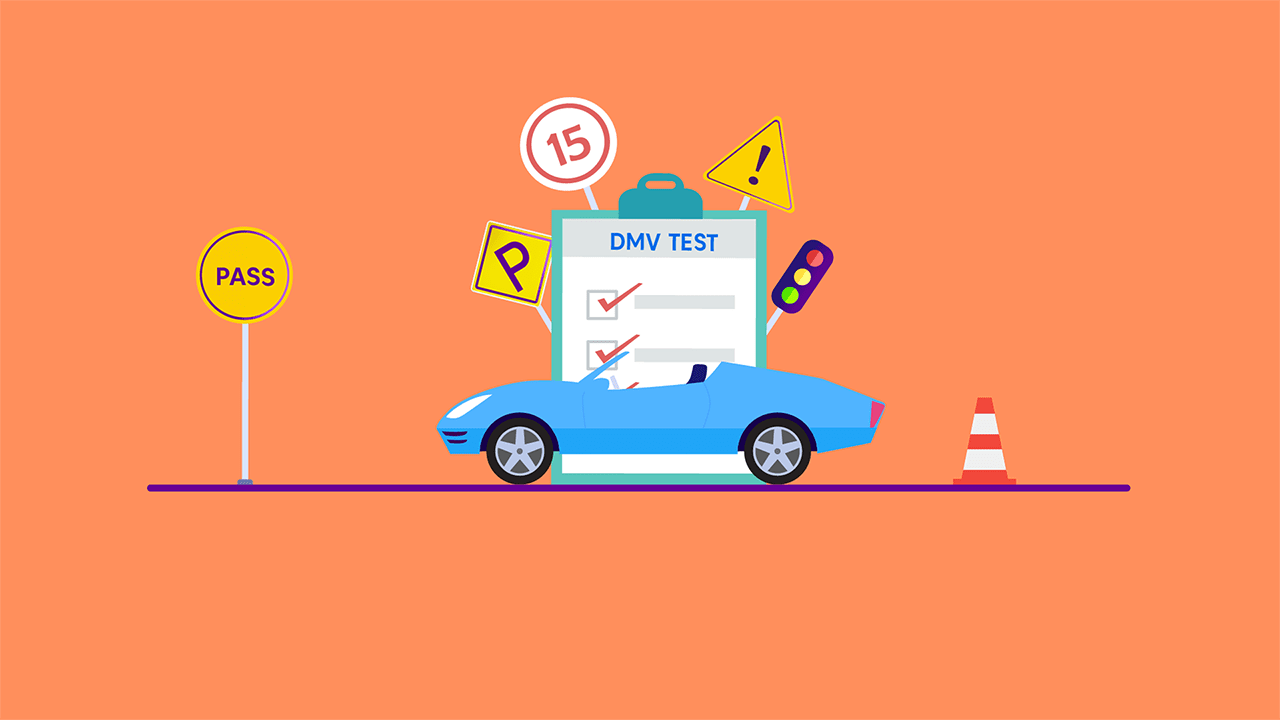7 Steps to Error-Free Lane Changes | Switch lanes like a Pro
By Umm e Hani on Apr 05, 2024
Contents
Mistakes while changing lanes are a major reason for car accidents. Whether you're on a bustling city street or an interstate, always use correct lane change techniques. Here are some vital switch lane change tips for every driver.
Using Lanes on a Four-Lane Road
On a four-lane road with two lanes going one way and two lanes going the other way, with a middle area or turning lane in the middle, the right lane is the main driving lane. The left lane is for safely passing slower vehicles. Don't stay in the left lane for a long time or over long distances for any reason.
Give Way to Emergency Vehicles
Every driver must make way for emergency vehicles in the left lane. These vehicles always have the right of way, so move aside to let them pass safely.
Don't Zigzag in Traffic
Swerving between lanes and changing lanes too often is never safe. Doing this can very likely lead to getting a ticket or even causing an accident.
Every driver should follow specific steps when switching lanes. Always stick to these steps to drive safely.
How to Change Lanes Safely in 7 Steps
1. If you're driving slower than the car in front, and it's safe to do so, briefly switch to the left lane to pass. First, use your left turn signal to let other drivers know you're changing lanes.
2. Look at your rearview and side mirrors to check for other cars in the lane you want to move into.
3. Make sure to also check your car's blind spot, which is the area not visible in your mirrors. To handle blind spots effectively, here's a brief guide:
As you are switching lanes, it's important to check your vehicle's blind spot, which is the area that your mirrors may not show. To effectively manage blind spots, follow these steps: First, glance over your shoulder in the direction you intend to change lanes, checking for any vehicles or obstacles that may not be visible in your mirrors. Only proceed with your lane change once you are confident that it's clear. Maintain a safe distance from the vehicle in front of you while making the lane change, and always remember to use your turn signal to indicate your intentions to other drivers on the road.
Checking your blind spot is crucial each time you plan to change lanes. After doing so, make sure to re-check your mirrors.
4. While keeping your speed constant, gently steer to the left, moving your vehicle from the right lane to the left lane.
5. Once in the left lane, turn off your left turn signal. Drive briefly in the left lane as you pass the slower vehicle.
6. Switch on your right turn signal to let other drivers know you intend to return to the right lane.
7. As you prepare to switch lanes, be sure to follow these steps: First, check your rearview and side mirrors for other vehicles. Next, examine your vehicle's blind spot. Then, quickly double-check your mirrors. While maintaining your speed, gently steer to the right, guiding your vehicle from the left lane back to the right lane.
Safe Lane Changing Practices
Frequent lane changes are generally unnecessary for most drivers. It's essential to exercise patience, especially when dealing with slower-moving vehicles. Changing lanes should always be done meticulously, following the steps mentioned earlier. While using an extra lane to pass slower cars is convenient, it does increase the risk of accidents. Every time you decide to change lanes, diligently check three key areas for other vehicles: your left and right side mirrors, the rearview mirror, and your vehicle's blind spot. Always remember to take your time when making lane changes to ensure safety.
FAQ
What Signal Should You Give Before Changing Lanes In Traffic?
Use your turn signal before changing lanes in traffic to inform other drivers.
When Should You Avoid Passing A Vehicle On The Highway?
Avoid passing a vehicle on the highway when it's a no-passing zone, near intersections, or in unsafe conditions, such as reduced visibility or slippery roads.
How To Change Lanes Safely?
To change lanes safely, check your mirrors, use your turn signal, and ensure there's enough space to merge.
When Should You Avoid Passing A Vehicle On The Highway?
Avoid passing a vehicle on the highway in no-passing zones or when conditions are hazardous.
How To Judge Distance When Changing Lanes?
To judge distance when changing lanes, look for a sufficient gap to transition smoothly, ensuring there's no risk of colliding with other vehicles.
How To Stay Centered In Your Lane?
Staying centered in your lane involves focusing on the road ahead and using visual cues, such as lane markings and the car's position within the lane. Avoid drifting too close to either side.


